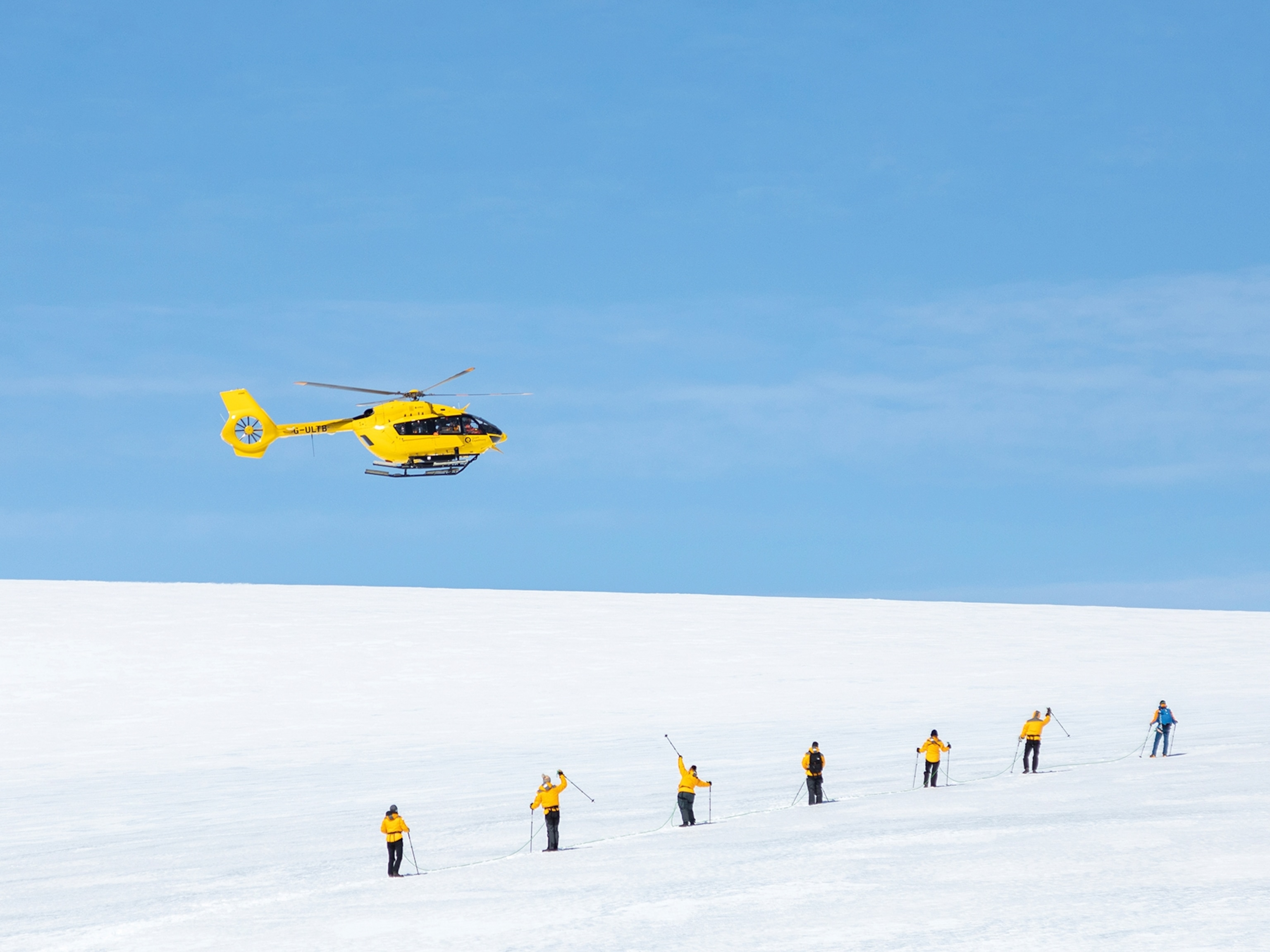
Did Ancient Climate Change Spur Penguin Evolution?
A new study on the last common ancestor of today's penguins.
When did the earliest common ancestor of the penguins we know today first waddle the Earth, and why?
The question is surprisingly controversial, and may become more so with a new study suggesting a climate-change connection.
Possible dates for the last common ancestor of living penguins have differed by tens of millions of years. According to DNA evidence, the early ancestor lived some 40 million years ago, while fossil evidence puts the date closer to 10 million years ago.
Now a new genetic study, detailed in this week's issue of the journal Biology Letters, suggests that today's major penguin lineages began diverging from one another about 11 to 16 million years ago, and that their common ancestor first appeared 20 million years ago.
The study also suggests that a prolonged cooling spell in Antarctica may have helped spur penguins to diversify into the 18 species living today.
Reconciling Evidence
The new finding, based on more DNA points than past studies, helps reconcile the genetic and fossil evidence, explained study leader Sankar Subramanian, a postdoctoral student at Griffith University in Australia.
"For the first time we showed a more recent time of origin of penguins, which was in agreement with that based on morphological data," he said.
Intriguingly, the date that Subramanian's team estimates for the diversification of modern penguins coincides with a time 10 to 15 million years ago when scientists think Antarctica underwent a period of rapid cooling that covered the continent in ice.
"So we connected these two dots and speculated [about] a possible relationship," Subramanian said in an email. He cautioned, however, that he and his colleagues "don't have any proof for this connection, which is indeed hard to obtain."
A Mysterious Gap
Paleontologists have found penguin-like fossils dating as far back as 62 million years, tens of millions of years before the first ancestor of today's penguins emerged on the scene.
"The big gap between these two times raises questions like: What happened to the older lineages of penguins? What caused the extinction of all other older lineages? Could that be due to any change in Antarctic or global climate?" Subramanian said.
Subramanian said his team is planning to look next at the molecular signatures of penguins living in very different environments, from the tropical Galápagos Islands to the frozen Antarctic.
"This might reveal valuable information, such as how they could adapt to live in these diverse climates," he said.
Follow Ker Than on Twitter.





